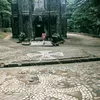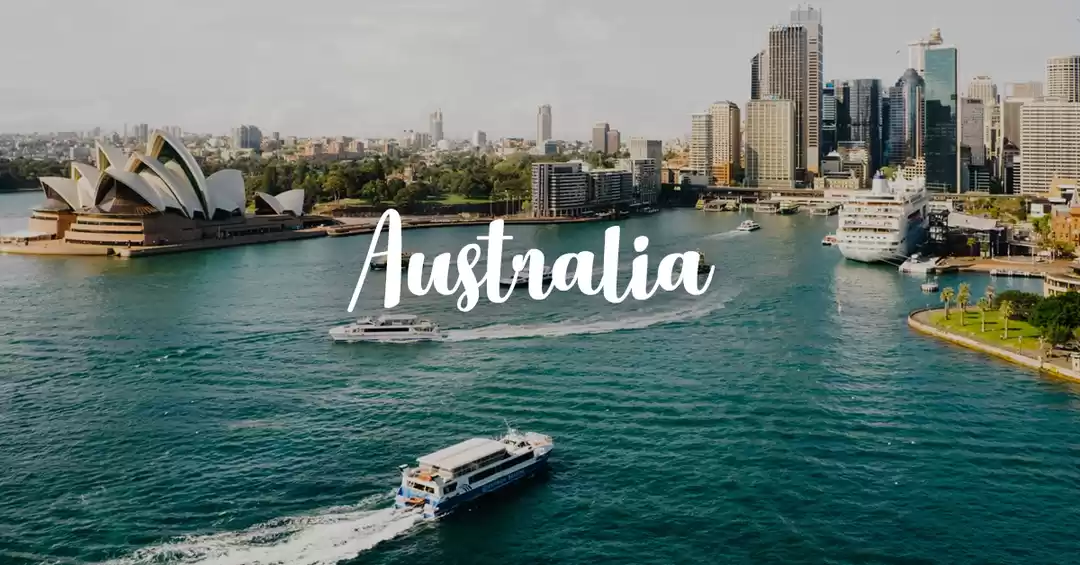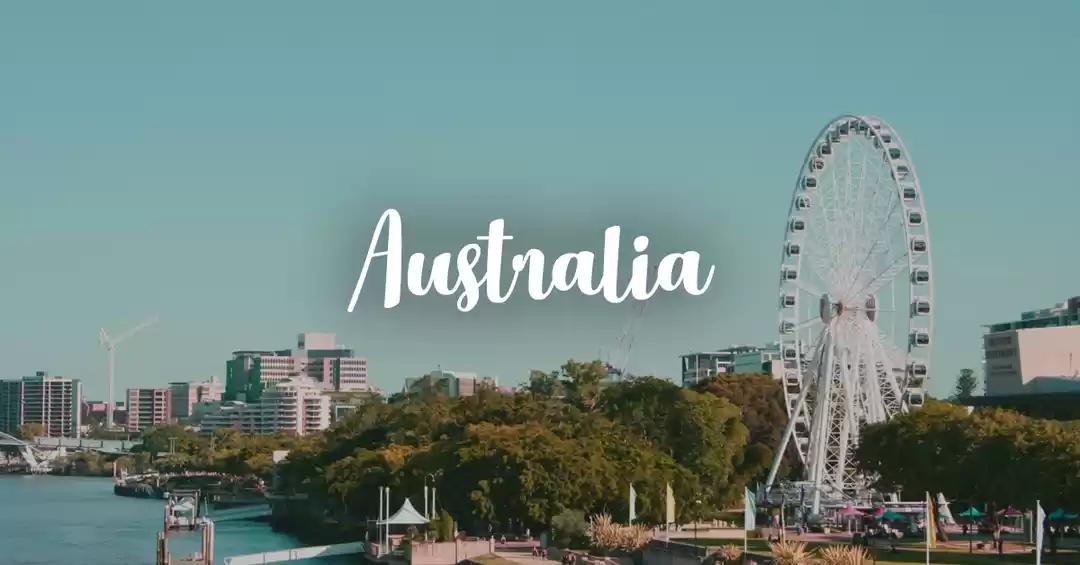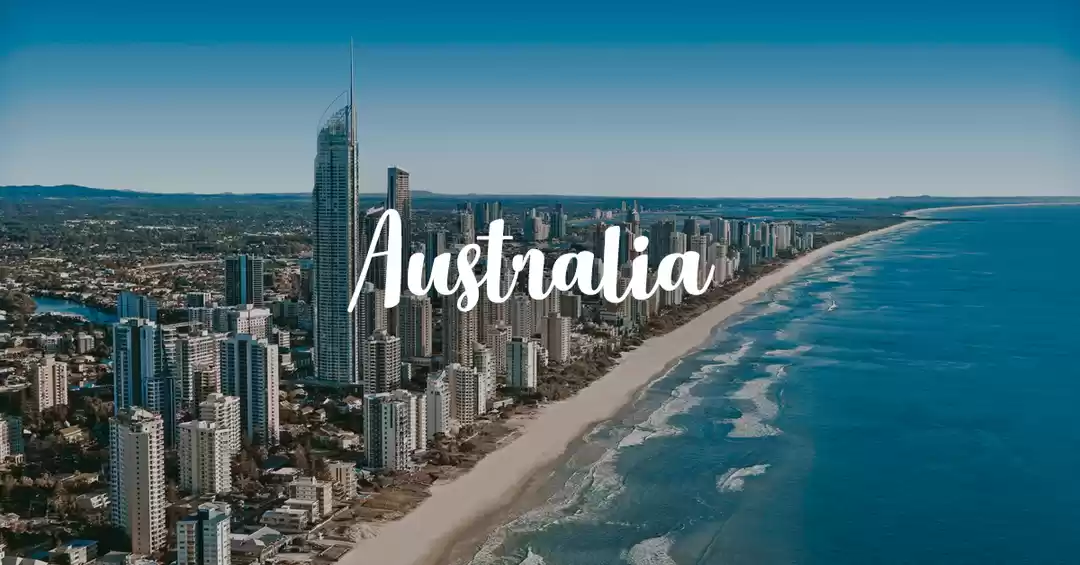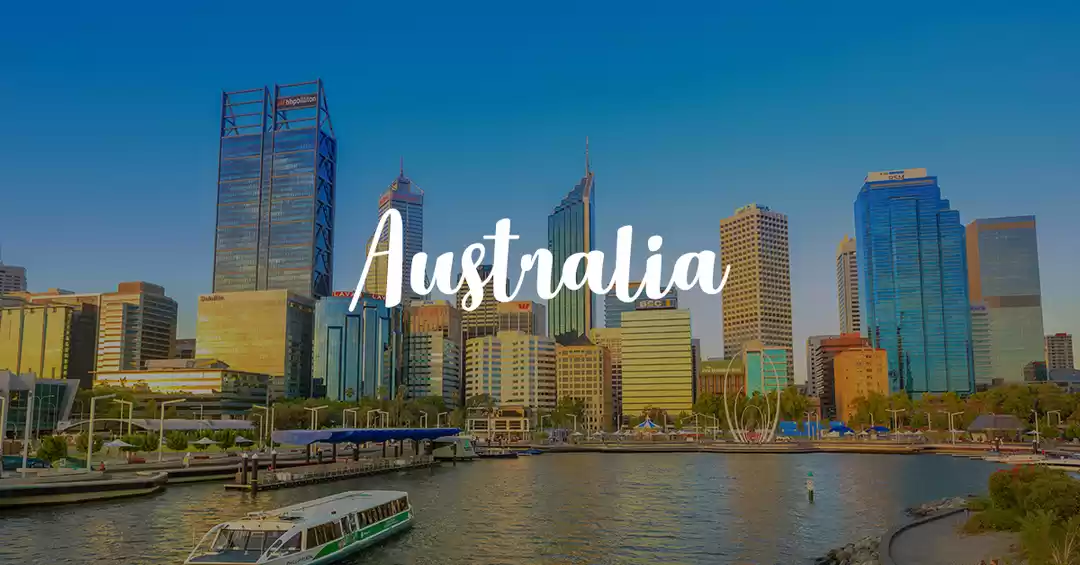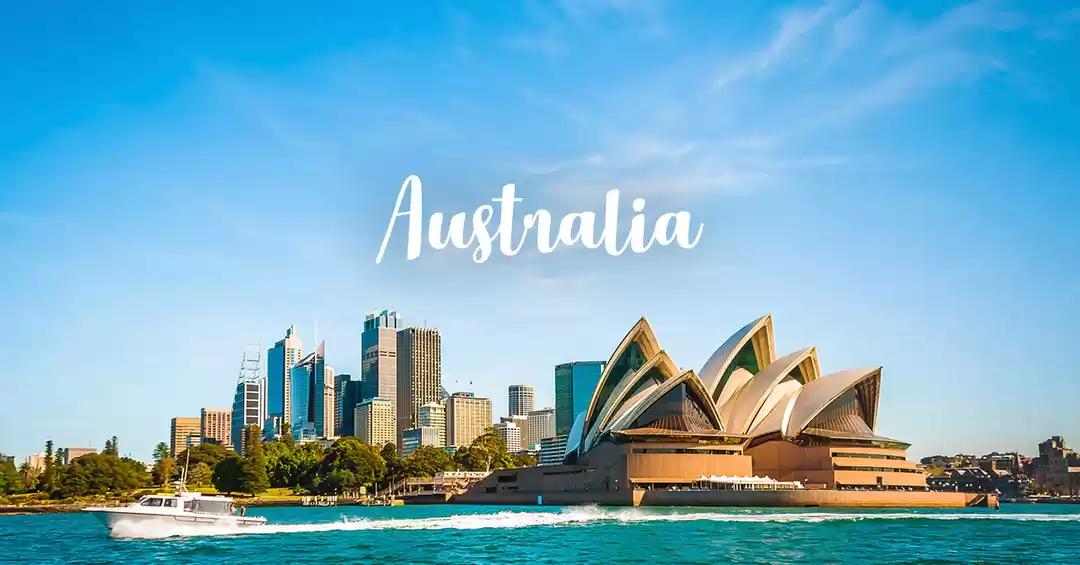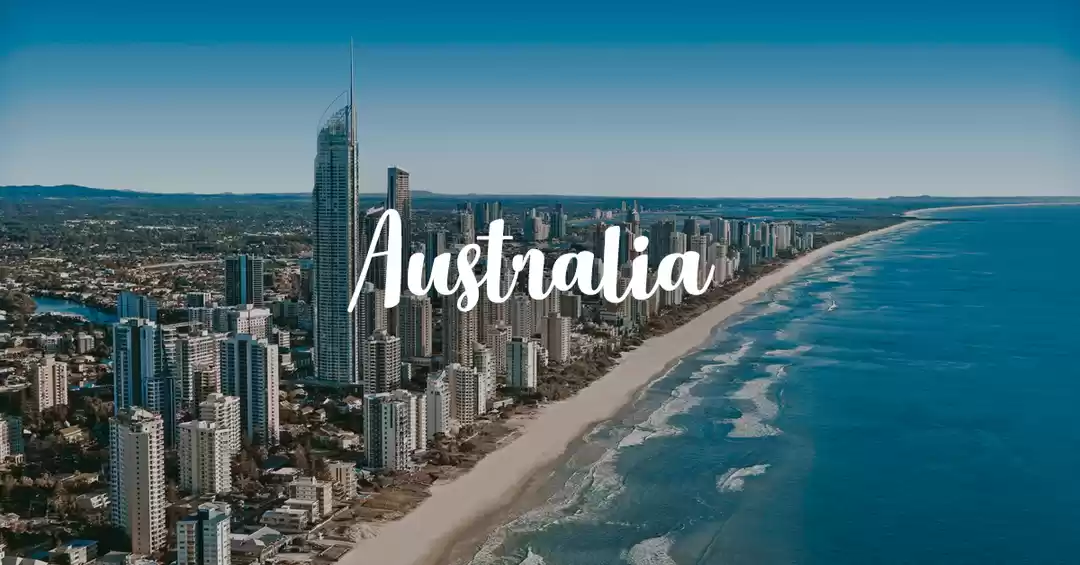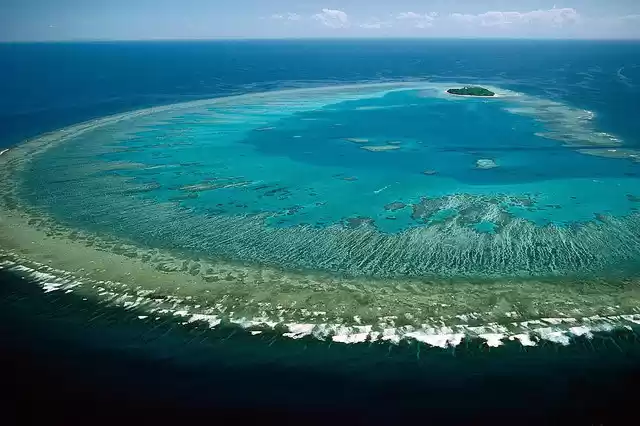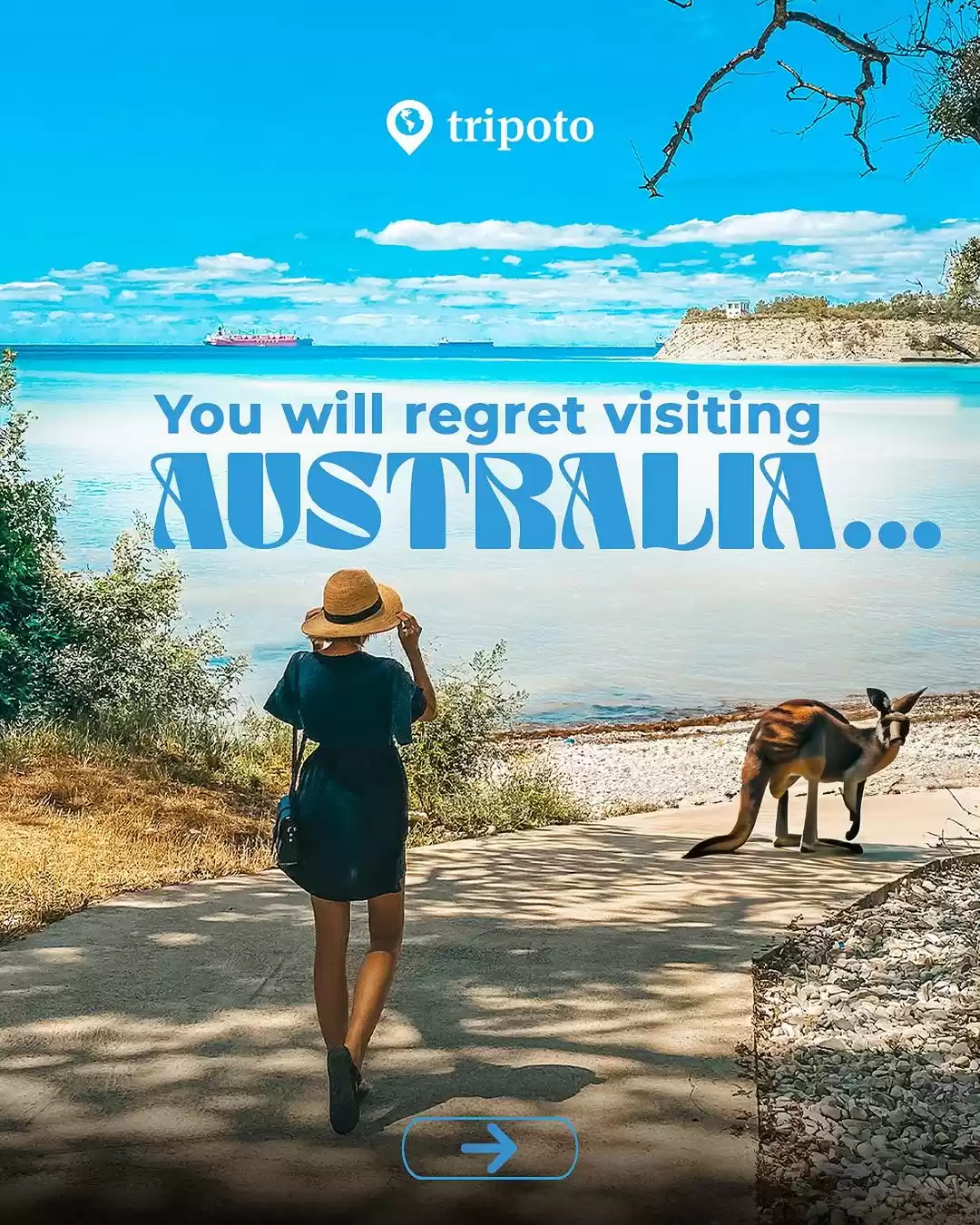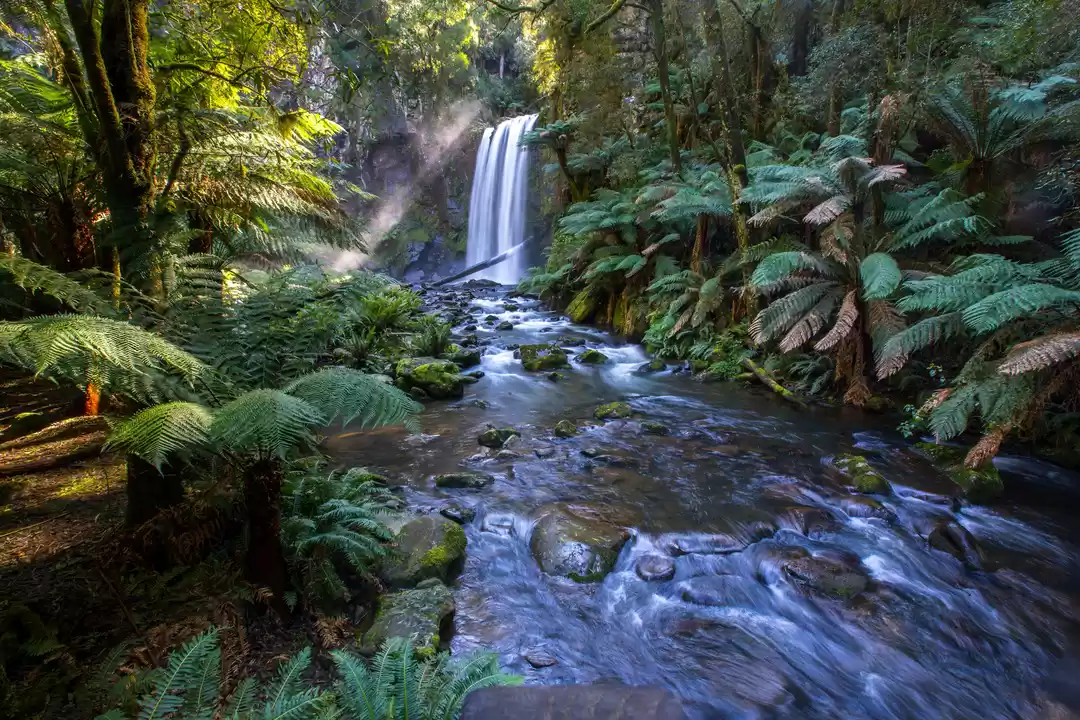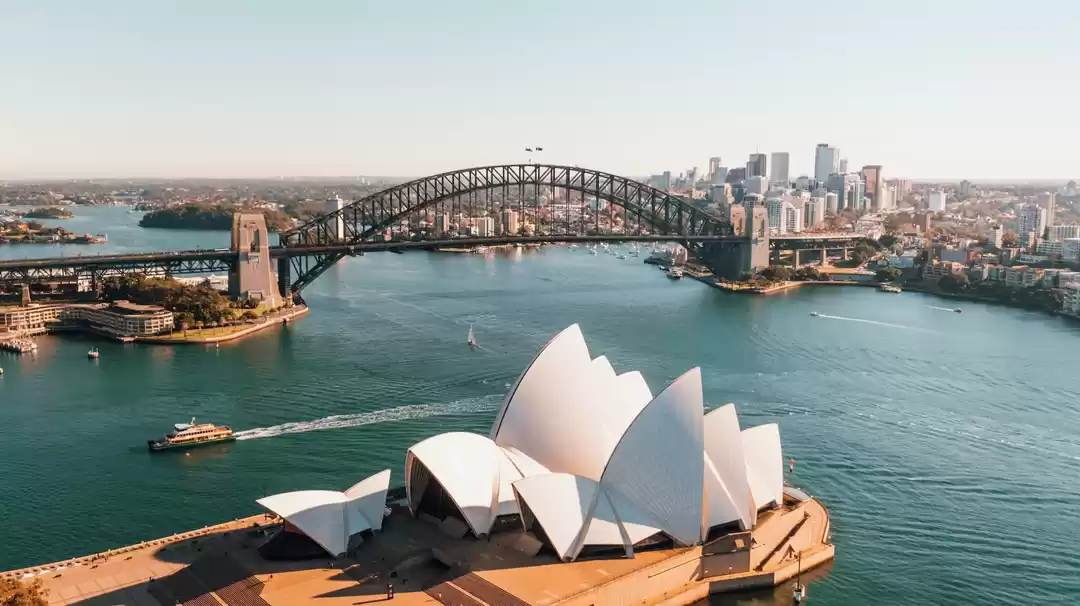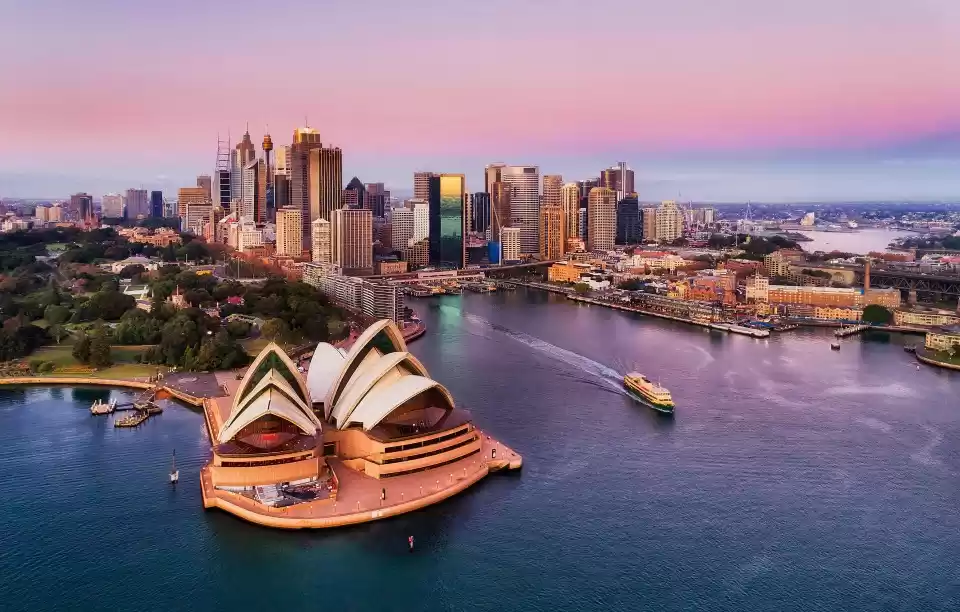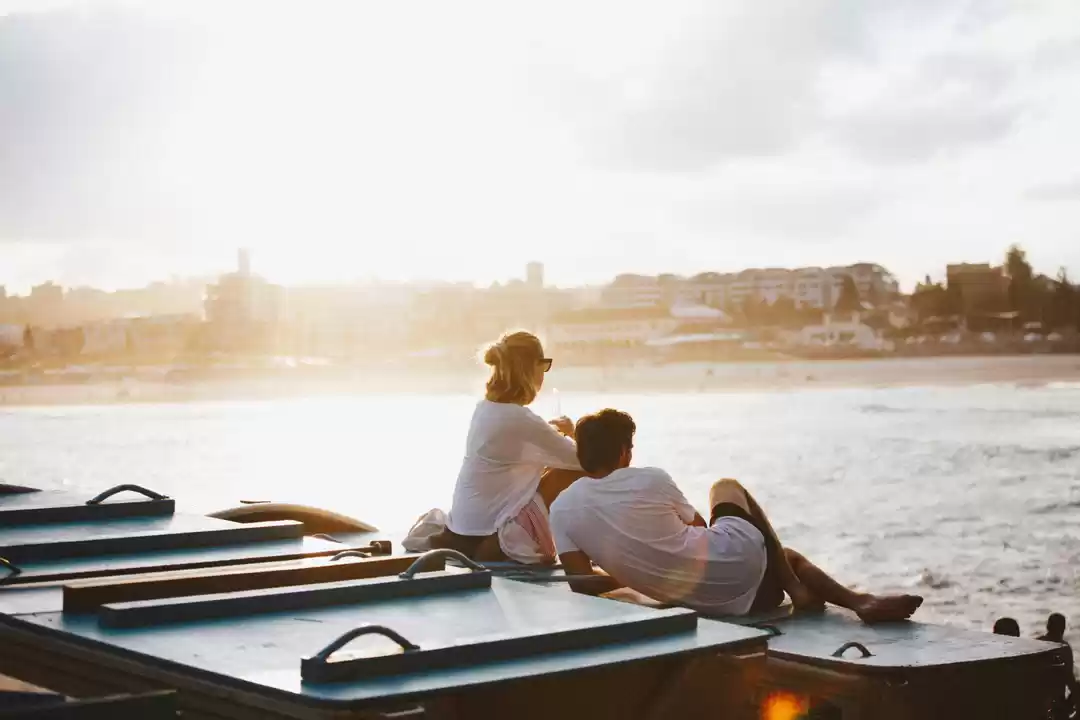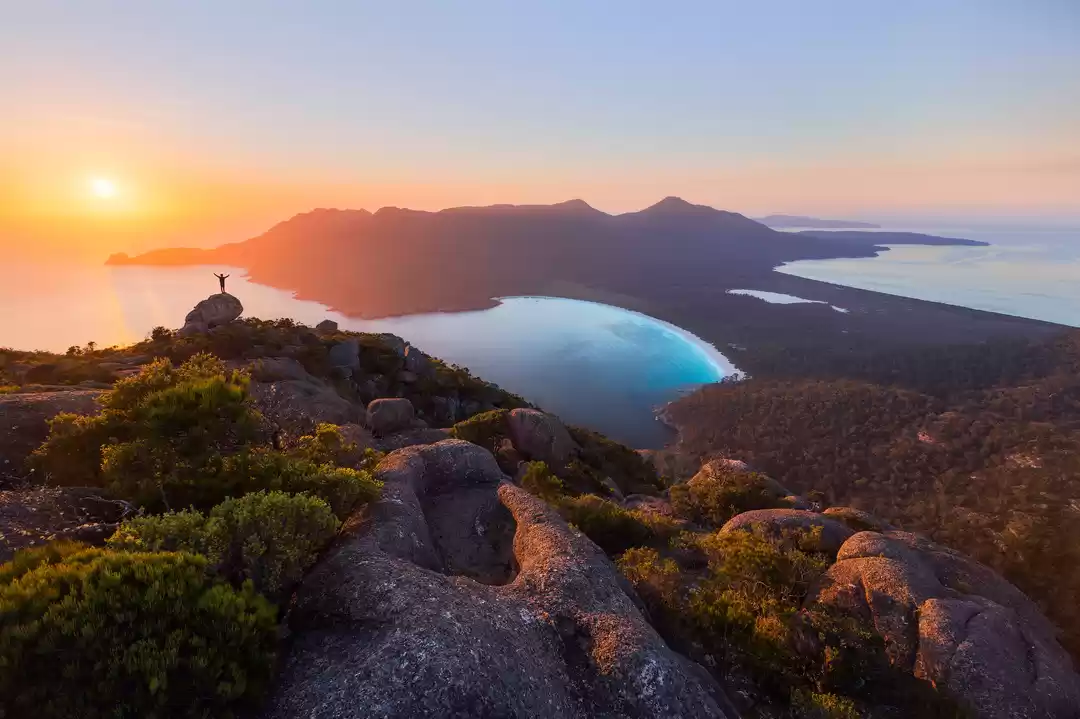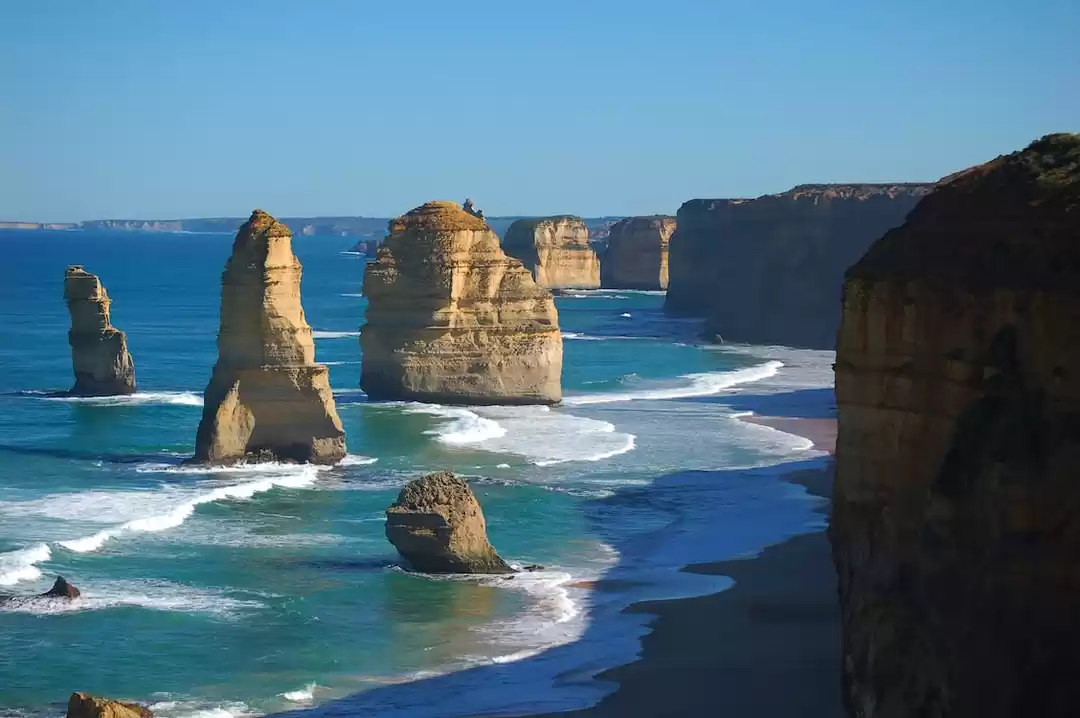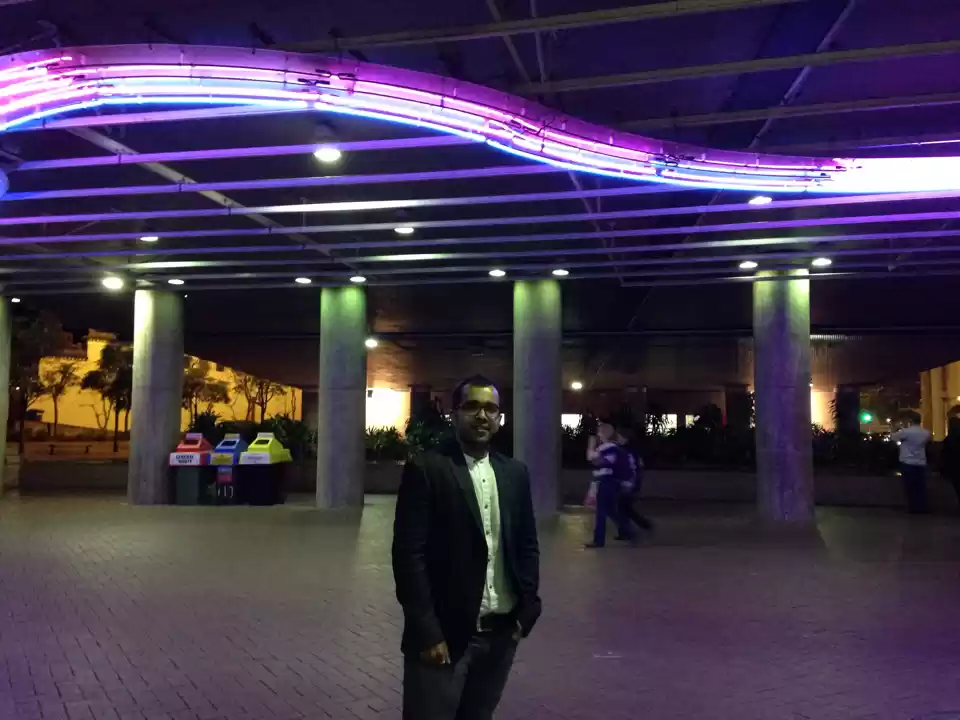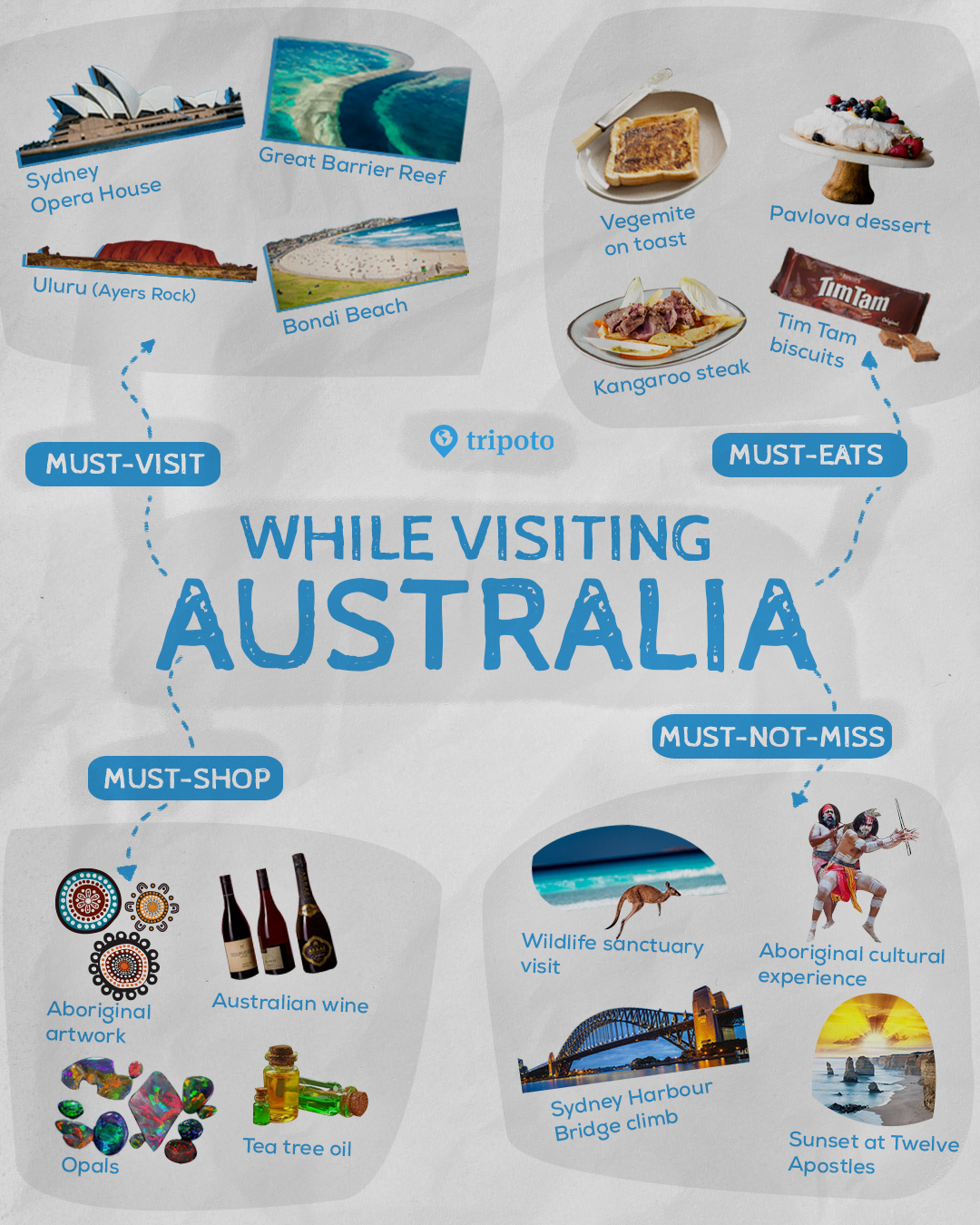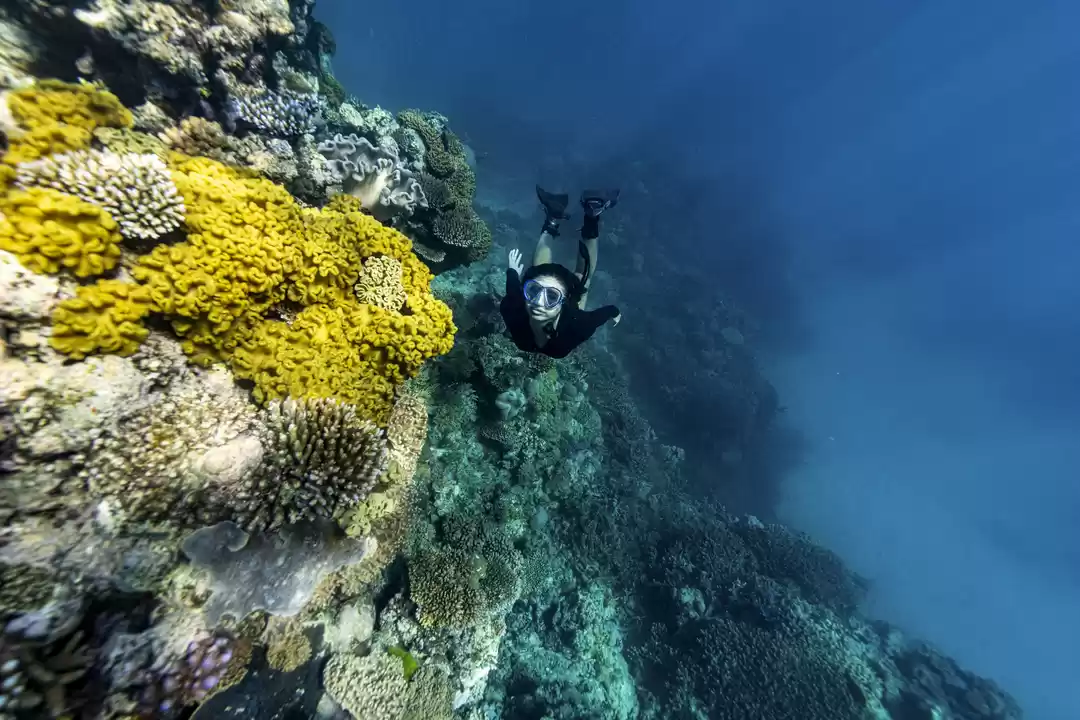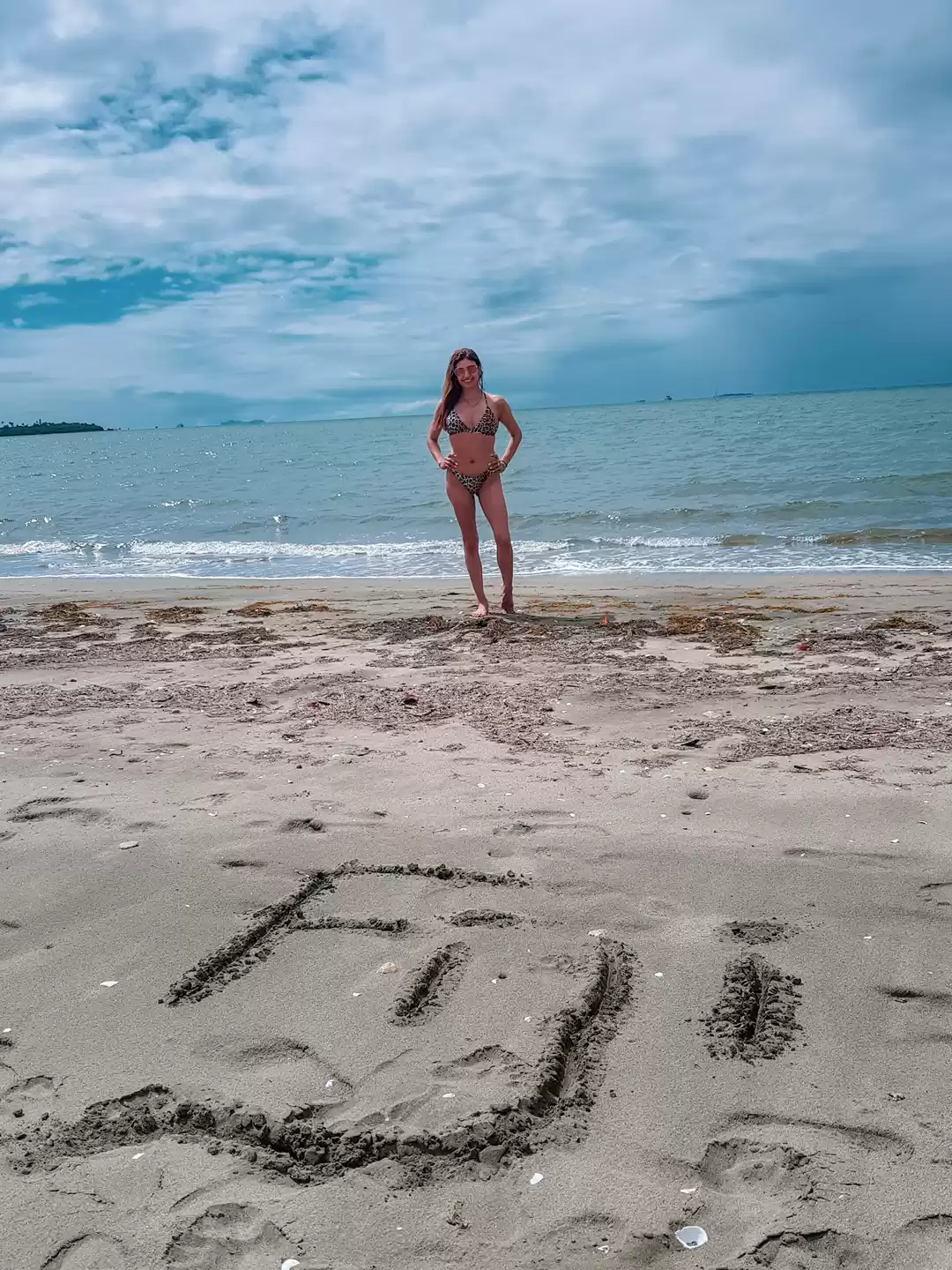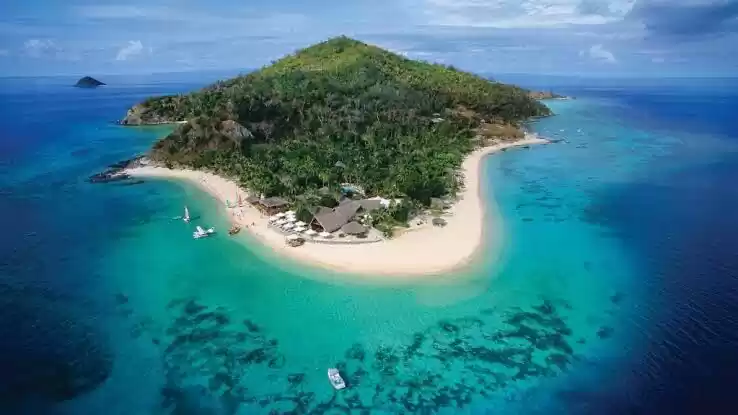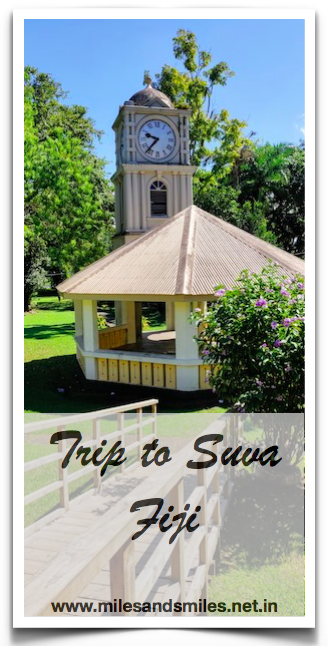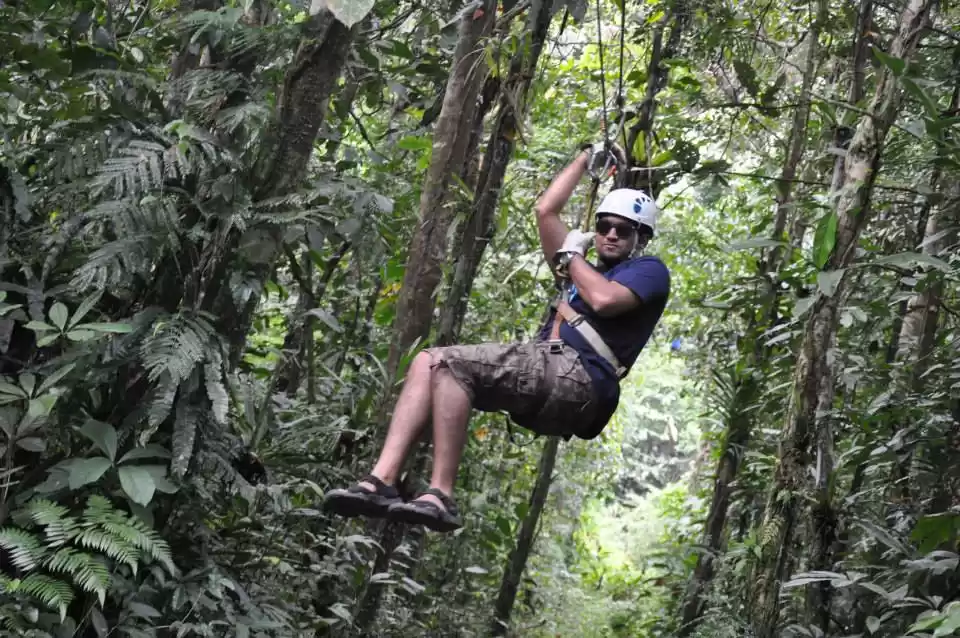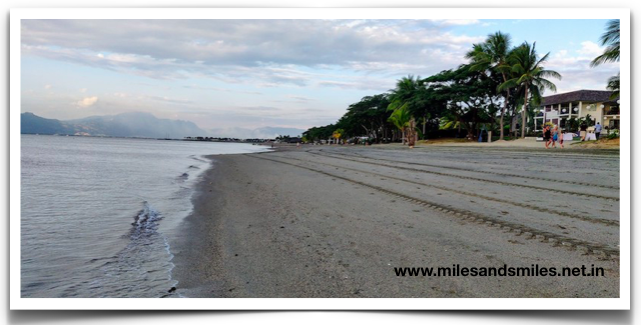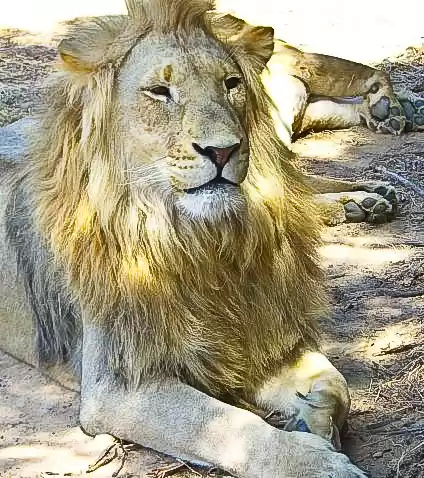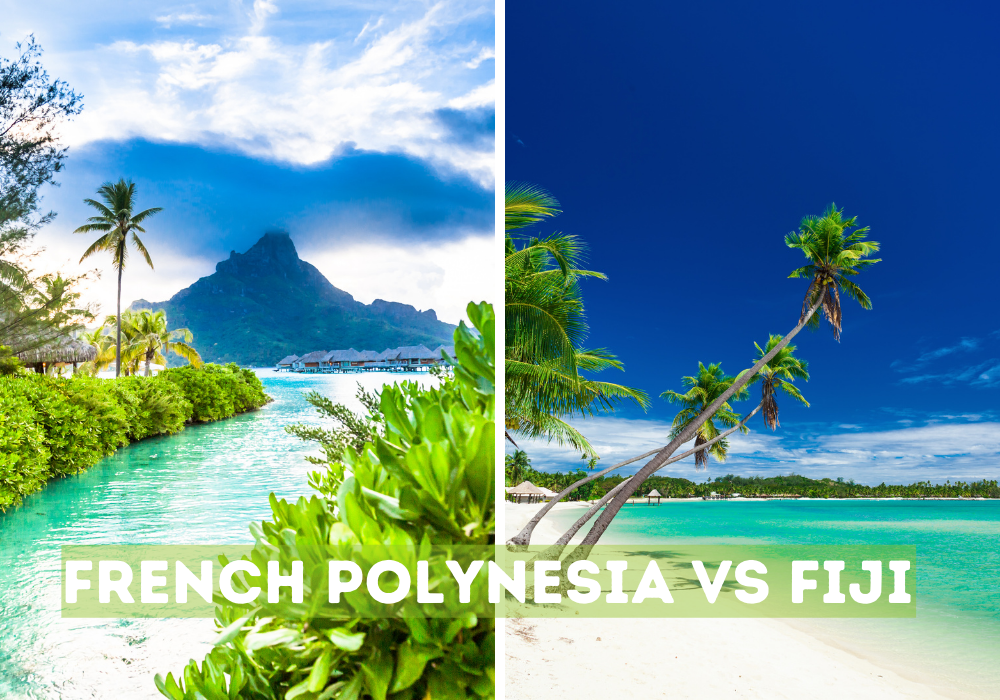It is very tempting to arrive in Fiji and make a dash for the blue waters. Once in, it is very difficult to come out. It would be a shame to spent the next three precious days just frolicking in water. So I decide to avoid the temptation by opting to travel and see a bit of the island on guided tours.
The first tour is a half day visit of the city of Nadi with Rosie Holidays. The photo below is a regular sight at the hotel in the morning, people waiting for their respective tour buses.
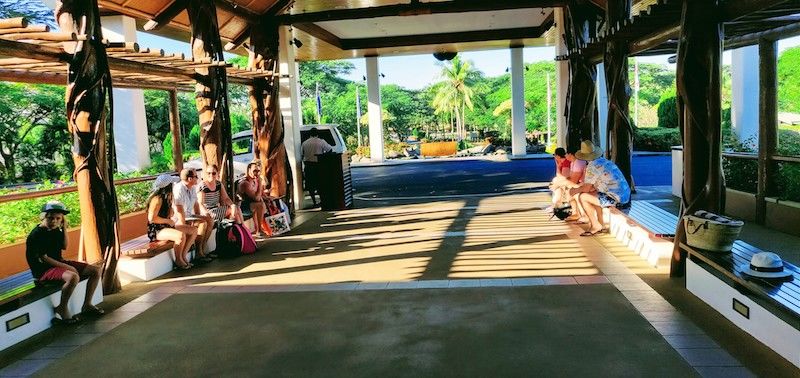
The bus arrives promptly at 9:00 am and my company in the bus consisted of a family of four from Australia, a mother and daughter from Australia and a German lady. Our guide was a Fijian who spoke with an Australian accent. No surprise, the majority of the tourists in Fiji arrive from Australia and New Zealand and during the explanations, most of the comparisons were made to Australia.
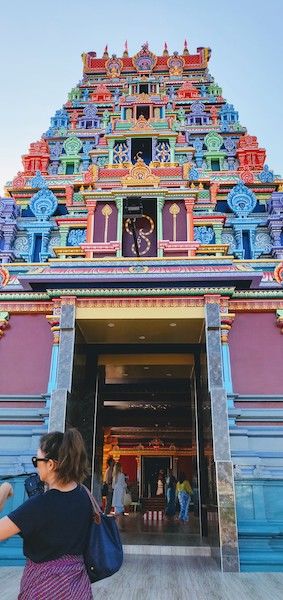
Our first stop, the famous Sri Siva Subramaniya Swamy Temple. You have to leave your footwear outside and wear a sarong if you want to enter the temple. Even then tourists are not allowed to enter the inner sanctum. You have to satisfy few conditions, one of which is that you have to be a vegetarian for 24 hours. The temple is considered the biggest in the southern hemisphere and is dedicated to Lord Murugan, also called Subramaniya, the Hindu God of war. It stands as a symbol of the Hindu culture and traditions of the Indians of Fiji origin. Indians were brought to Fiji by the British to work in the sugar plantations as indentured labourers. There are colourful paintings on the ceilings mostly depicting Lord Murugan, the son of God Shiva and Goddess Parvathi.
Second stop, the Namaka Fruit & Vegrtable Market to see some of the local produce of this tropical island. While most of the fruits and vegetables were familiar, we saw the kava roots ground to make the iconic Fijian drink – kava. The guide explained that kava is more narcotic than alcoholic, as unlike drinking alcohol, whereby you end up becoming the noisiest in the room, kava will make you the quietest in the room, the numbing of the tongue as a possible side-effect may have something to do with it too!! The dalo or taro was a familiar root vegetable; we eat it back home. But in Fiji, its leaves are cooked too, guide called it their local spinach.
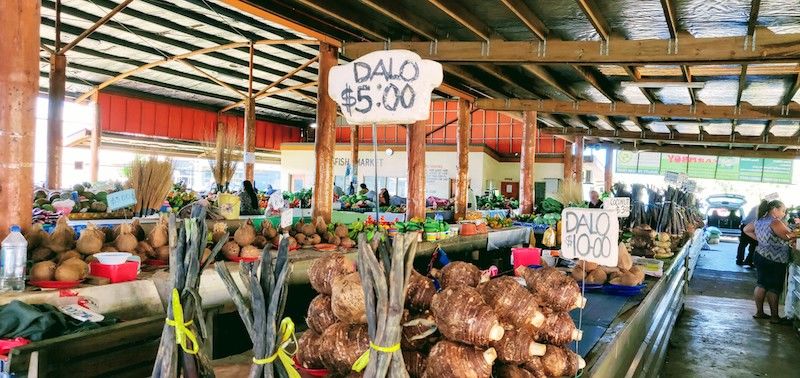
Enroute to our next stop, the guide points out to what looks like railway tracks on the roads. The tracks were not very broad, so Fiji has a narrow gauge rail network? No says our guide.
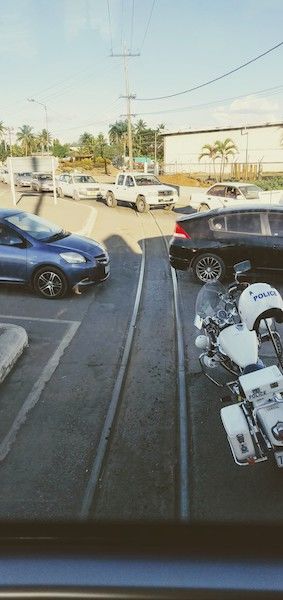
There are no passenger trains in Fiji, the guide explains, only sugar trains. The sugar trains are used to transport the cane from the farms to the sugar mills. Sugar and tourism are the two major industries in Fiji.

The third stop, the Garden of the Sleeping Giant, a beautiful place. Orchids are the highlights here. And where is the Sleeping Giant? It is the mountain range bordering the garden. Any guesses on the national flower of Fiji? Hibiscus. We were left to wander and enjoy nature for a while and on returning back, we were given fruit juice. Very thoughtful and refreshing !!
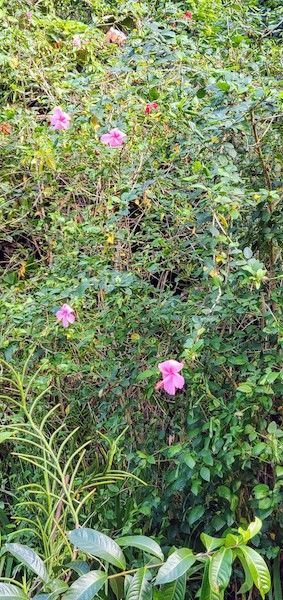
The Indian homes are recognised by a red triangular flag hoisted on a long pole in front of the house and to see up close the Fijian way of life, we are taken to a village.
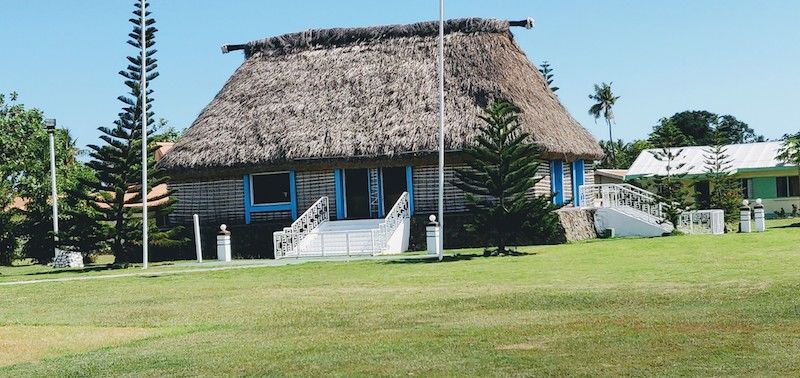
The next stop, the Viseisei Village. At the entrance to the village is a display of handicrafts for sale, made by the women. After some serious browsing, I did buy a few things. They were pretty.
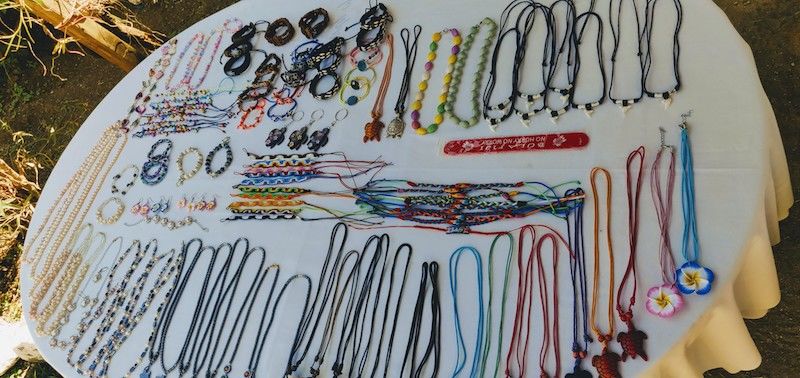
Besides the shell and bead ornaments, there were also miniature wooden tools reminiscent of the cannibalistic past. The cannibal forks – a carved handle with four long prongs forming a neat square, perfect for scooping out the brain matter out of crushed skulls, were a popular souvenir.

The Fijians admit that they were never attacked by the Japanese during the WWII maybe on account of the widespread belief in their cannibalistic past !!
In the village too, the ladies have to cover the legs and so we wore sarong and no hats for both men and women. Only the village chief was allowed to wear a hat. A meeting was in progress in the village. The guide gave us a good introduction on the way of life in the village; the titles were hereditary and your birth decided your role in the village. They go by the saying “It takes a village to raise a child” and the family ties are strong. The village becomes a part of your identity just like your name.
The houses in the village resemble large sheds, the way of life is simple. Native Fijians are Christians and most of the villages have a church, a school and a community hall for meetings.

Last stop for the tour was the Vuda Lookout, offering as spectacular view of the island. Tired by now, we were offered fruits and juice and then dropped back at the respective hotels.
Happy travelling,
Anju

